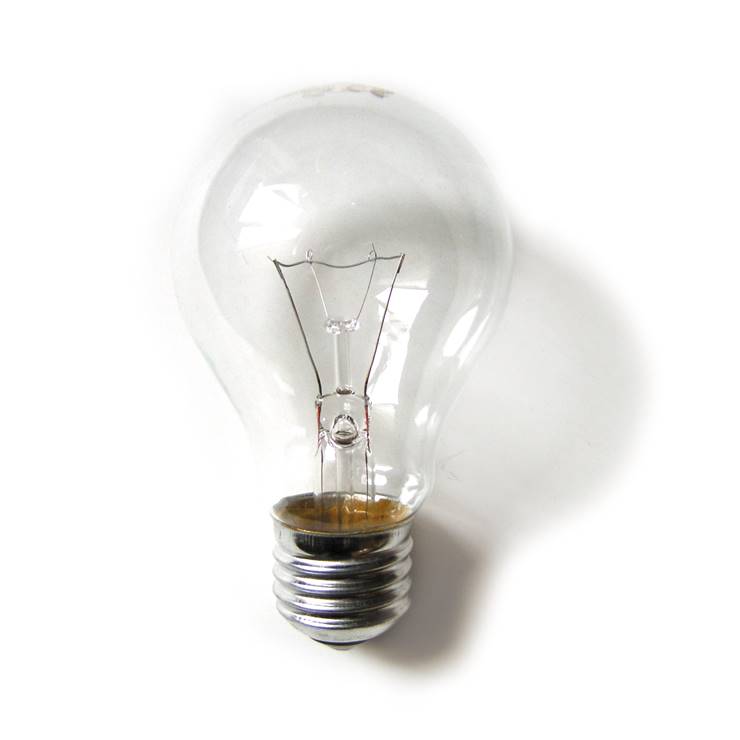History of Light Bulbs - Development of Incandescent Light Bulb
One of the greatest inventions in human history is incandescent light bulb. However, it was not a result of efforts of one man nor it was developed quickly.
Evolution of an incandescent light bulb starts with an experiment that Sir Humphry Davy performed in 1802. He connected a thin strip of platinum to wires that were connected to a then most powerful electric battery in the world. Current that ran through heated the strip so much that it began to glow. Platinum was used as a material because it has high temperature of melting. It did not last long and it was not too bright but it was a beginning. James Bowman Lindsay demonstrated in 1835 an “incandescent light bulb” for which he claimed that with it he could read in the dark at the distance of 45cm. As he was satisfied with how it worked, he did not improve it further.
In the 1840, Warren de la Rue, a British scientist, made a light bulb with a coiled filament made of platinum in a glass bulb from which all air was taken out. Idea was that because filament was burning in the vacuum less molecules of air would interact with platinum prolonging the life of the lamp. Lamp worked well but platinum made it too costly so it was not commercially usable. John Wellington Starr, an American inventor, developed in 1845 incandescent light bulb with a carbon filament. He patented it but died soon after that and his invention has never seen commercial light of day.

In 1874, Russian inventor Alexander Lyodigin experimented with different materials for filament such are osmium, molybdenum, tungsten and others. Joseph Swann, British chemist and inventor, started experimenting with carbonized paper filaments in a vacuum and a glass bulb but because it was not possible to get good vacuum at that time nor good source of electric power, lamps lasted too short and did not burn too strong. From the 1870s, he collaborated with Charles Stearn who was expert on vacuum pumps and in 1978, they succeeded in getting a good vacuum, which prevented inner darkening of the glass light bulb. In the 1879 they tried carbon rod instead of filament but because of its very low resistance that light bulb needed too much current and still lasted too short so it still was not commercially practical. From that moment, Swann concentrated on making better filament. He invented the method of treating cotton to produce “parchmentised thread” and with it, finally, was able to make first usable light bulb.
Tomas Edison began tries to make usable light bulb in 1878. After experimenting with different materials, Edison concentrated on carbon filaments. His first successful try was on 22. October 1879 with light bulb that lasted 13 hours. After trying carbonized cotton, wood, paper and other materials, his team found that filament made from carbonized bamboo could last for 1200 hours. In 1904, Sandor Just and Franjo Hanaman were granted a patent for light bulb with tungsten filament that gave brighter light and lasted even longer.
